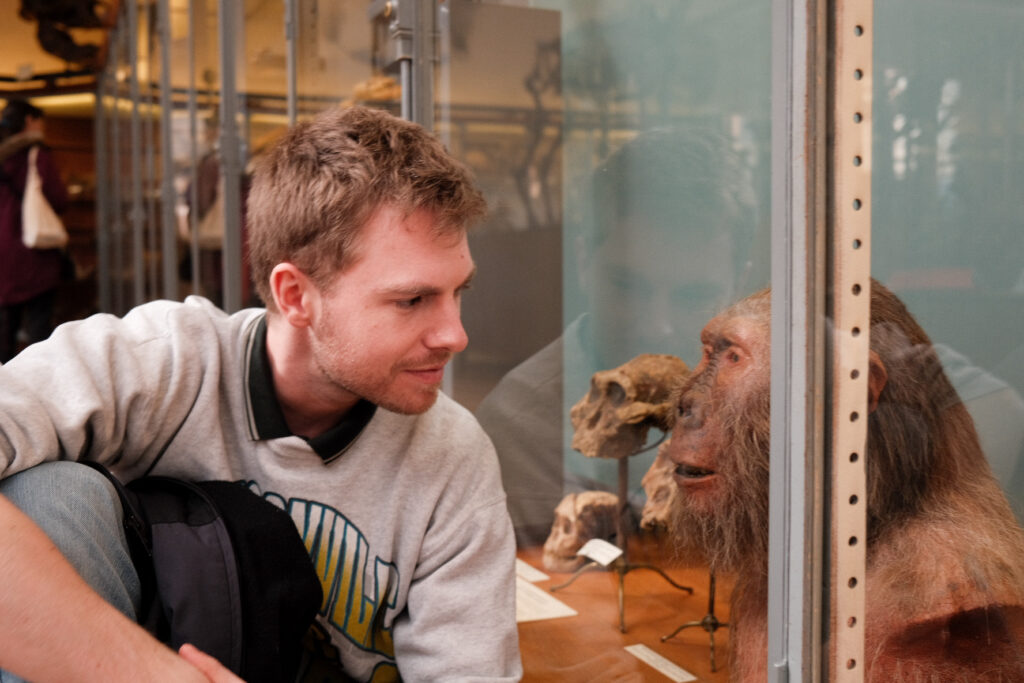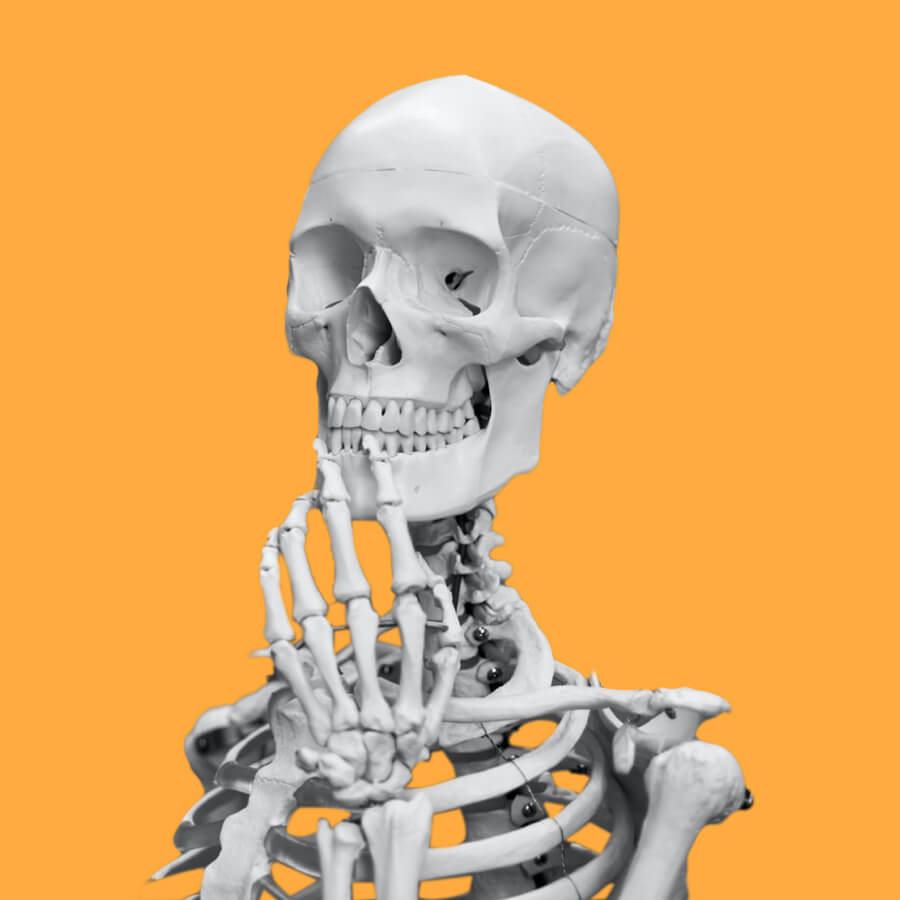Dr Pierre Linchamps
Postdoctoral Fellow
School of Geography, Archaeology and Environmental Studies , University of the Witwatersrand

Biography
Pierre Linchamps is a postdoctoral fellow at Genus who investigates the systematics, evolution, and palaeoecology of Plio-Pleistocene rodents from Southern Africa. He obtained a Ph.D. in evolutionary ecology in 2023 from the National Museum of Natural History of Paris, during which he studied Plio-Pleistocene micromammal assemblages from South African caves. His current work focuses on the development of numerical statistical methods to reconstruct the palaeoenvironmental conditions of archaeological and palaeontological sites based on the remains of small mammals. He also seeks to understand the formation history of deposits by developing biochronology tools based on rodent dental remains.
Disciplines
palaeontology, archaeozoology, micromammalian biodiversity, palaeoecology
Fields of study
At the end of the Pliocene and the beginning of the Pleistocene in South Africa, climate changes leading to progressive global aridification favoured the establishment of new habitats. This period also corresponded to the emergence of new hominin taxa, suggesting that climatic and environmental changes played a significant role in the morphological and behavioural evolution of the human lineage. The fossiliferous karsts of the 'Cradle of Humankind’ have provided a rich and well-preserved sequence of fossils that bear witness to the evolution of landscapes and habitats used by early hominins. Among vertebrate assemblages, remains of small mammals, especially rodents, are particularly abundant and serve as excellent palaeoenvironmental indicators, providing local climate data complementing other biological and geological proxies. They can also yield important contributions to the biochronology of deposits and support or complement ages provided by numerical dating techniques. However, the fossil microfauna of the 'Cradle of Humankind' has received limited attention compared to studies on larger mammals. My postdoctoral research aims to explore new approaches in micromammal studies, combining ‘classical’ microfaunal analyses with tools from artificial intelligence and morphometric geometrics, in order to address three key challenges related to micromammalian fauna from the Cradle of Humankind: (1) the availability and number of studied assemblages, (2) the complex chronological and stratigraphical boundaries of assemblages, (3) the interpretive capacities of analytical techniques. This study includes comparative taxonomic, taphonomic and palaeoecological analyses of small mammals assemblages from various hominin bearing deposits. After having expanded the number of available microfaunal assemblages in the region, I aim to develop a new framework for the biochronological interpretation of these assemblages by quantifying evolutionary trends in rodent molar morphology using morphometric geometrics. Ultimately, palaeoenvironmental reconstructions based on machine learning regression algorithms will be used to predict past climatic conditions at various fossil sites and produce a synthesis of the climate evolution in the Plio-Pleistocene such as highlighted by the faunal remains.
